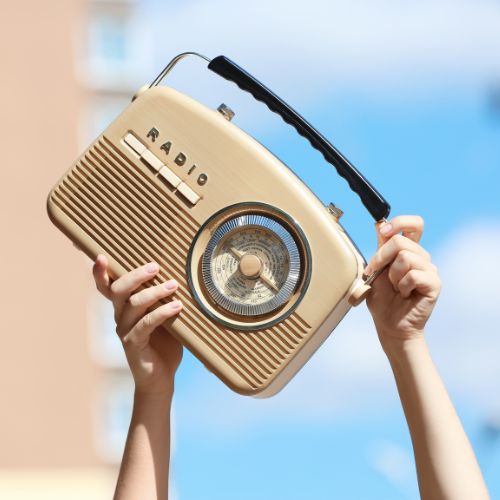
A decade ago, individuals aged 13 and older allocated just over half of their daily audio time to AM/FM radio, encompassing both over-the-air broadcasts and streaming. If you fast forward to today, how does modern listening stack up? There’s good news and bad news.
As Edison Research commemorates the tenth anniversary of its Share of Ear survey, tracking US audience listening across all audio platforms, the company has released key findings from its latest dataset, highlighting significant shifts in American audio consumption habits over the past decade.
Let’s look at the good news for radio. Despite the rise of on-demand music streaming services, AM/FM remains the most listened-to audio platform in the US. The no-so-good news? Radio’s stake has shrank from its previous 51% share of listening time to 36%. Worth noting: that percentage comes largely due to in-car listening, making it critical to keep AM/FM in the automobile dashboard.
So how does the rest of the audio-sphere compare?
Streaming music from platforms like Amazon Music, Apple Music, Pandora, and Spotify now represents 20% of the audio day for Americans 13+, up from 11% in 2014. YouTube, used for music and music videos (excluding YouTube Music), accounts for 14% of listening time, and podcasts make up 10% – rising dramatically from a 2% share.
SiriusXM has slightly increased its share to 8%, and audiobooks now constitute 3% of the average American’s daily audio consumption.
Even with radio’s dip, no medium has taken it on the chin quite like owned music. In 2014, CDs, vinyl, and downloads accounted for 18% of daily listening. Today, that’s only 6%
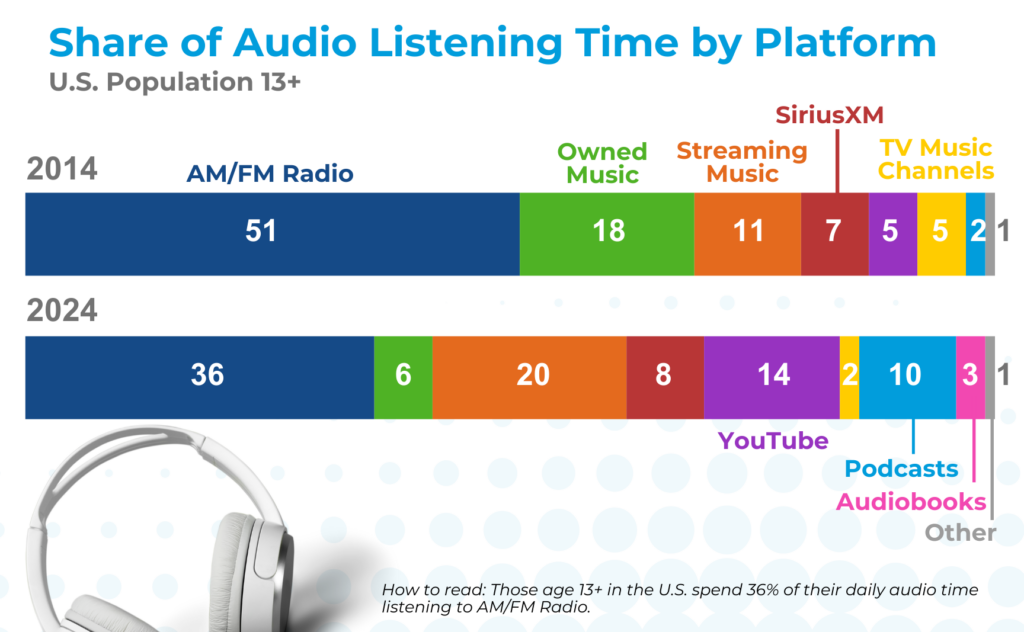
Edison Research Director of Research Laura Ivey noted, “A decade ago Share of Ear was created to answer the question, ‘What do Americans listen to?’ Today we can understand the listening patterns of Americans and see how audio sources have emerged to vie for our daily listening time. There are surely audio developments that we can’t even imagine that will impact our daily audio time over the next ten years.”



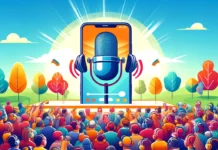



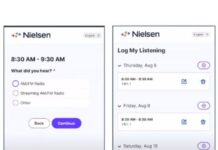
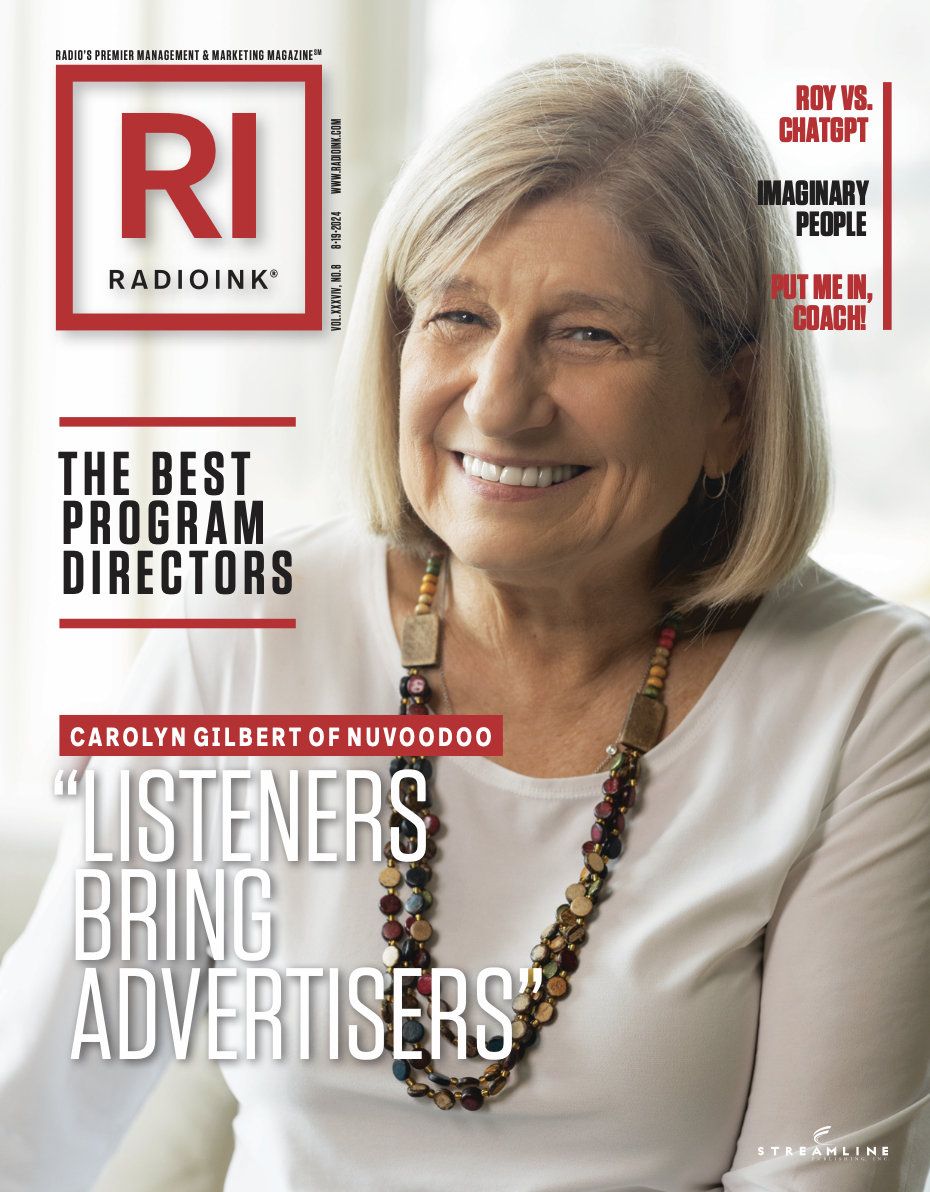

More audio choices but RADIO is Everywhere, Licensed and Free. It’s up to us to supply connected content and services that sell.
As with video streaming, greed could come into play and reduce subscription rates. As long as radio doesn’t do the same (e.g. too -high spot loads) people may come back. Radio is doing a better job promoting itself to advertisers (at least on the radio). Unclear what they are doing to promote themselves as a “free and local” option to potential listeners.
Good one, Rolf.